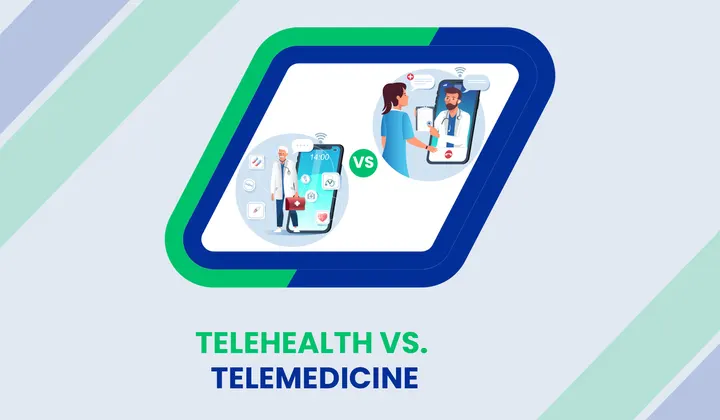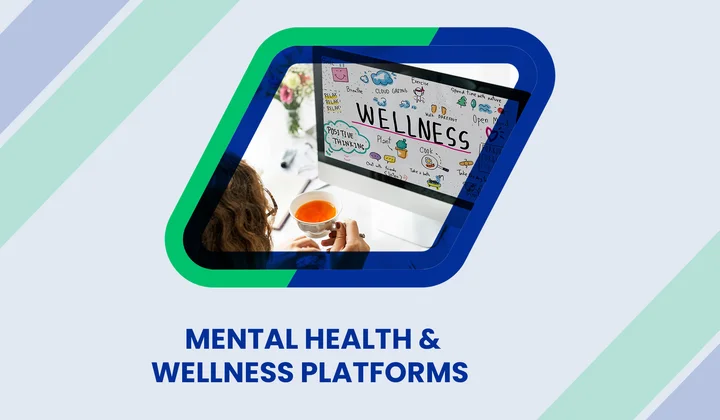In today’s advanced software development world, the global software testing market is expected to grow significantly and reach $109.5 billion by 2027.
Whether you’re building a mobile app, web application, or enterprise software, testing plays a central role in identifying issues and delivering a flawless user experience.
One of the critical aspects of testing is test coverage, a metric that helps teams understand how thoroughly their software has been tested.
In this test coverage guide, we will explore test coverage with a real world example, its importance, benefits, and best practices.
Let’s dive into what is test coverage in software testing?
What Is Test Coverage?
Test coverage refers to the extent to which a software application is tested against its requirements, measuring the percentage of code, functionality, or features covered by test cases.
This technique determines whether the test cases are effectively covering the application code and how much of it is executed when those tests are run.
For example, if there are 10 requirements and 100 tests created, and 90 tests are executed, the test coverage would be 90%. This metric helps testers identify gaps in testing, allowing them to create additional test cases for the remaining requirements, ensuring thorough validation of the application.
Table of Contents
If you’re conducting cross-browser testing on your web application to ensure it displays correctly across different browsers and operating systems, your test coverage would be about the total number of browser and OS combinations you have tested for compatibility.
Understanding why test coverage is important in software development can help you make informed decisions about how to implement and measure it effectively.
Maximizing Software Quality Through Comprehensive Test Coverage
Test coverage is an important aspect of software quality assurance. By understanding and measuring the extent to which your application is tested, you can identify potential issues, improve code quality, and ensure a seamless user experience.
Test coverage in software testing plays a significant role in ensuring the reliability and quality of your software in the following ways:
1. Identifying Gaps in Testing
Test coverage provides an overview of the areas that have been tested and highlights the parts of the application that may require more attention. This allows teams to fill in testing gaps before they become costly issues.
2. Improved Code Quality
Comprehensive testing catches potential errors early, making it easier to fix bugs before they make it to production. With higher test coverage, you reduce the likelihood of missed issues that could impact users.
3. Faster Development Cycles
When your code is thoroughly tested, developers can make changes with confidence, knowing that automated tests will catch regressions. This leads to faster iterations and a more streamlined development process.
4. Boosts Confidence in Releases
With better test coverage, QA and product strategy teams can confidently release updates, knowing that the software has been rigorously validated. This leads to fewer defects in production and a better overall user experience.
Let’s explore the different types of coverage you should consider to ensure a comprehensive and effective testing strategy.
Types of Test Coverage
Test coverage is not limited to just the code itself. Here are several types of test coverage to consider:
1. Code Coverage
This is the most common type, focusing on the lines of code executed by tests. It’s often broken down into different categories, such as:
Statement Coverage: Measures whether each line of code is executed.
Branch Coverage: Checks whether each possible branch (if-else) in the code has been tested.
Path Coverage: Tests all possible execution paths in the application.
2. Functional Test Coverage
This type of coverage checks if all features and functions of your software have been tested. It helps ensure that the software works as intended from a user perspective, regardless of the underlying code.
3. User Scenario Coverage
Also known as end-to-end testing coverage, this focuses on ensuring the application works well in real-world scenarios. It simulates user behavior to see if the application performs as expected in practical situations.
4. API Coverage
If your software uses APIs, it’s crucial to test them. API coverage ensures that all endpoints, request types, and response formats are properly validated.
5. Cross-Browser and Cross-Device Coverage
For web applications, testing across different browsers and devices is essential to ensure that users have a consistent experience. This type of coverage ensures the software performs well in varied environments.
Looking for an improved test coverage? Let our QA team help you!
Now, it’s time to look at how to improve test coverage in your test plan to maximize its effectiveness and ensure your testing process is both efficient and thorough.
Software Test Coverage Best Practices
Achieving 100% test coverage sounds like the ultimate goal, but it’s important to strike the right balance between coverage and efficiency. Here is the detailed guide to software test coverage best practices for achieving effective test coverage:
1. Focus on High-Risk Areas
While it’s tempting to test every line of code, focus on high-risk and critical areas first, such as user authentication, payment systems, and APIs. These parts of the application directly impact the user experience and may have higher consequences if something goes wrong.
2. Automate Tests
Automated tests are necessary for achieving broad coverage quickly and efficiently. They can be run frequently throughout the development cycle, catching issues before they escalate. Unit tests, integration tests, and end-to-end tests should all be automated where possible.
3. Prioritize Edge Cases
Don’t just test the “happy path.” Ensure you cover edge cases, invalid inputs, and error handling scenarios. These are often where bugs hide and can cause critical failures.
4. Measure Coverage Continuously
Test coverage should be a continuous measurement throughout the development cycle. Tools like JaCoCo, Clover, and Codecov can help you monitor and maintain test coverage levels. They also help visualize which areas of your codebase need attention.
5. Focus on Quality, Not Just Quantity
A high percentage of test coverage doesn’t guarantee a bug-free product. Quality tests that thoroughly assess your application’s functionality and behavior are just as important as the number of tests written.
| Pros | Cons |
|---|---|
| Identifies Gaps in Testing: Helps reveal untested areas of the application. | High Coverage Doesn't Guarantee Quality: 100% coverage doesn't ensure bug-free code if tests are ineffective. |
| Improves Code Quality: Regular testing helps catch issues early, improving overall software quality. | Can Lead to False Sense of Security: High coverage percentages can make teams complacent, overlooking critical edge cases. |
| Boosts Developer Confidence: Developers can make changes with confidence, knowing tests will catch regressions. | Diminishing Returns: Beyond a certain point, increasing test coverage may not significantly reduce risks or improve quality. |
| Faster Development Cycles: Automation allows quicker identification of issues, speeding up the development process. | Time-Consuming: Writing and maintaining tests to achieve high coverage can be resource-intensive, especially for complex apps. |
| Helps in Refactoring: High test coverage ensures that code changes or refactors don’t introduce new bugs. | May Miss Real-World Issues: Focusing too much on code coverage might ignore user experience or integration problems. |
| Easier Regression Testing: Ensures that new features or bug fixes don’t break existing functionality. | Test Quality Over Quantity: Focusing solely on coverage can lead to shallow tests that don’t validate functionality properly. |
How Do You Measure Test Coverage?
To track and measure your test coverage, a variety of tools are available for different programming languages and frameworks. Some of the most popular tools include:
- JaCoCo (for Java)
- Istanbul (for JavaScript)
- Clover (for Java and Groovy)
- Codecov (integrates with CI/CD pipelines)
- pytest-cov (for Python)
These tools integrate with your development environment, giving you real-time insights into your test coverage and helping identify areas that need additional testing.
How Clustox Ensures Reliable Software Through Expert Development and Testing
While test coverage is a valuable metric, it’s the quality of your tests that truly makes the difference. This is where Clustox can make a significant impact with their expertise in quality assurance testing, automation, and customized testing solutions.
In addition to testing, Clustox offers comprehensive development services that help you build applications from the ground up.
Whether it’s web development, mobile app development, or enterprise solutions, our team uses the latest technologies and methodologies to craft that meet your business goals.
Reach out to us for a consultation!








Share your thoughts about this blog!